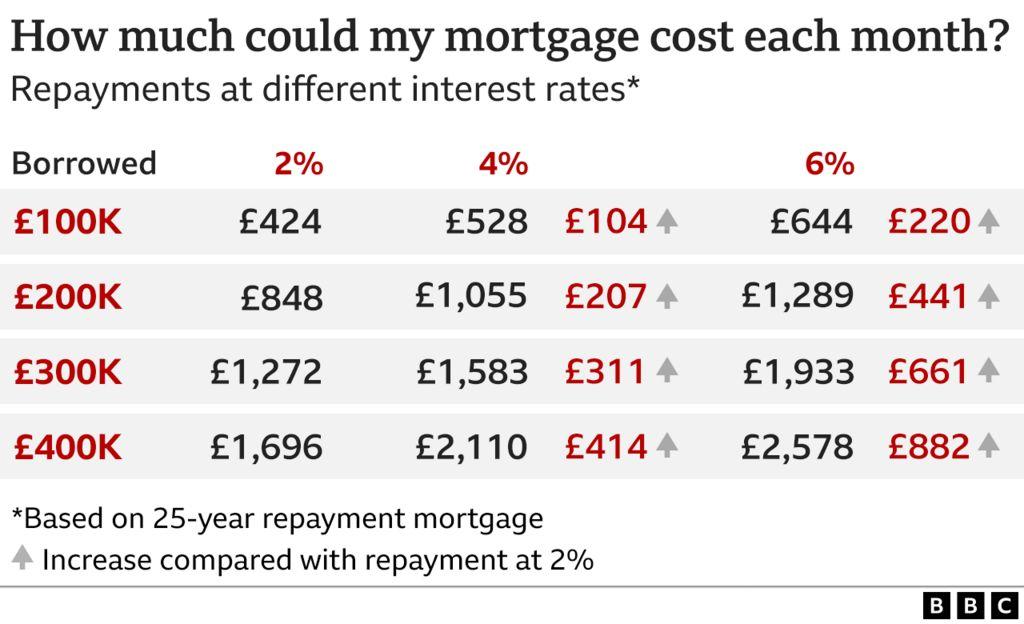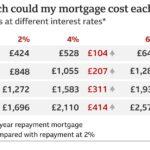If you want to get a lower rate on your 30-year fixed mortgage, the first thing you need to do is get your finances in order. Lower rates are offered to top-tier borrowers, while higher-risk borrowers pay higher interest rates. You can improve your financial standing before applying for a mortgage by controlling your debts, improving your credit score, and saving up for a larger down payment. Even small changes can make a significant difference in your mortgage rate.
Interest rates on 30-year fixed-rate mortgages are expected to rise in 2022
The Federal Reserve is on track to raise interest rates five times this year, and the most recent hike came in May. While this might seem like a slowdown for mortgage rates, it will help mitigate the impact of historically high inflation in 2022. In addition, interest rates on 30-year fixed-rate mortgages are not directly affected by the Fed’s benchmark interest rate, which moves with the market in tandem with other financial indicators. In addition to the Fed’s actions, mortgage rates are affected by the yield on 10-year Treasury bonds, which responds to a variety of economic factors.
The latest figures come as housing markets have continued to cool, and inflation is rising at record levels. While the economy is still expanding, mortgage rates continue to be volatile, with speculation that they could be hit by similar volatility over the next few weeks. The average 30-year fixed-rate mortgage ended the first quarter of 2022 at 4.67%. It is estimated that interest rates will rise again in June.
While the recent trends indicate that mortgage rates will stay above 5% for now, the rise in the rate is uncertain. It depends on how the economy recovers and how the Federal Reserve continues to fight inflation. The 10-year Treasury yield opened at 3.034%, its highest level since November. A 30-year fixed-rate mortgage tends to be 1.8 percentage points higher than the 10-year Treasury. While these are not predictable, historically, mortgage rates have been favorable for homebuyers. The latest figures show that total mortgage applications dropped by 6.5% from the previous week.

They are set by economic forces
As long as inflation stays below two percent and the federal funds rate remains below three percent, mortgage rates should be similar. The rates that are set for a 30-year fixed-rate mortgage are closely tied to those for 30-year adjustable-rate mortgages. Inflation has a strong impact on mortgage rates, as lenders must adjust their rates to make a profit. But this is difficult when consumers’ buying power is lowered. Inflation is also taken into account by investors when setting their prices and returns.
The Federal Reserve does not set mortgage rates. It is the Federal Reserve’s job to set short-term interest rates. When the economy is doing poorly, the Fed will cut interest rates. While the Federal Reserve does not set the mortgage rates, the market reacts to changes in these rates. Often, Fed rate decisions affect short-term products like home equity lines of credit. The longer-term rates, such as those for mortgages, are more affected by these factors.
While mortgage rates for a 30-year fixed are driven by economic forces, the housing market is a major driver. The demand for housing increases when there are more buyers. The Federal Reserve is attempting to balance this by pumping up the housing market through monetary stimulus. But with this in mind, it is not surprising that interest rates are still low despite rising inflation. With home prices, many homeowners are refinancing their mortgages to benefit from the lower rates.
They are based on credit risk
Generally, a 30-year fixed-rate mortgage will be based on the 10-year U.S. Treasury rate plus a spread to reflect the cost of the mortgage to the investor and the risk that the borrower will default on the loan. Mortgage rates tend to rise and fall with changes in prevailing interest rates and general economic conditions. The spread also reflects market demand and supply forces.
The lower 30-year mortgage rates go to borrowers with excellent credit and good down payments, whereas those with less impressive credit will have to pay higher rates. The best way to get a lower rate is to get your financial house in order before applying for a mortgage. You can do this by reducing debts and saving for a higher down payment. Even a small improvement in credit scores can result in significant savings.
Mortgage rates vary daily, and you should pay close attention to the news when considering your mortgage. While the market is more volatile, you can take action to lock in a lower rate by following the news. However, if rates are going down, lock in your current rate. The risk associated with your credit score has a much larger impact on 30-year mortgage rates than the amount of money that you can borrow.






